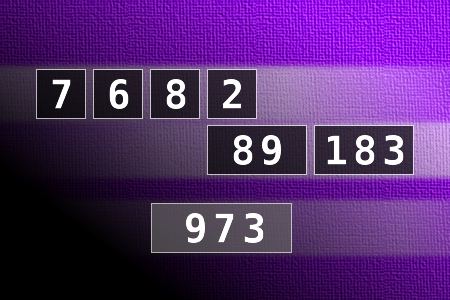Calculate the number 973
NUMBERMANIA: Calculate the number 973 using numbers [7, 6, 8, 2, 89, 183] and basic arithmetic operations (+, -, *, /). Each of the numbers can be used only once.Correct answers: 9
The first user who solved this task is Nílton Corrêa de Sousa.
#brainteasers #math #numbermania

